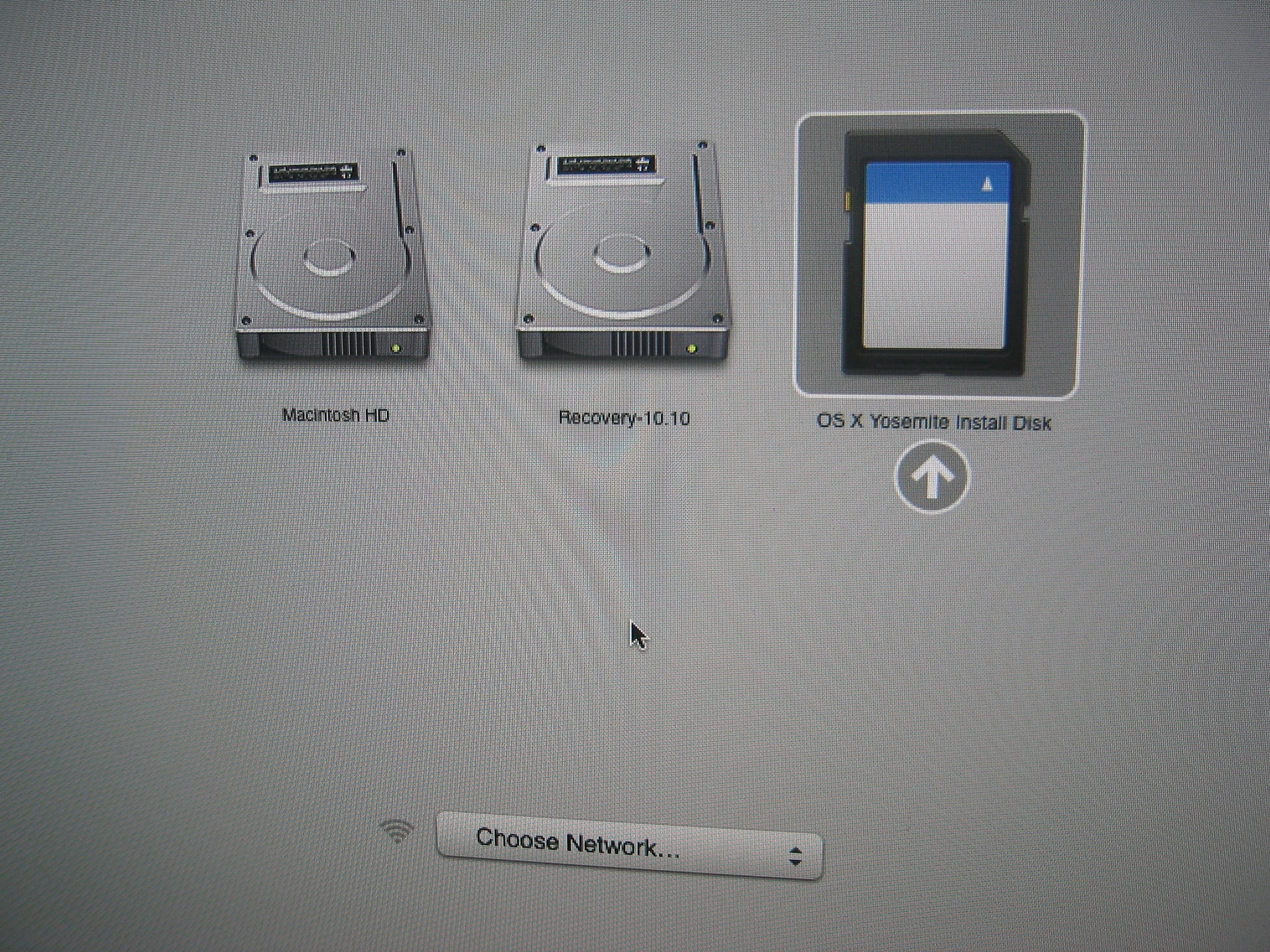
It’s a good idea to have a bootable USB drive if you ever have issues with your Mac’s OS. Choose a backup date from before you started having problems and hit “Continue.” Install macOS From a USB Drive Solved Select “Restore from Time Backup” and click on “Continue.”ĥ. Hold them down until you see the Apple logo appear on the screen.ģ. Power on your computer and hold down the “Command + R” keys.Ģ. Periodically creating a restore point is a great way to be proactive and protect yourself from bigger issues that could arise. You may have downloaded an app or plugin that has caused an issue, so restoring your Mac to an earlier state could solve the problem. If you’re having issues with your macOS, sometimes it’s a good idea to try and restore it to an earlier time. If you now have them, you should be able to boot your Mac in Recovery Mode. Check to see if you now have either “APFS Volume Recovery” or “Apple_Boot Recovery HD.” Navigate to “Applications” and then to “Utilities.”ĥ. To create one, follow the instructions below:Ĥ. You’ll need to first download an app and have a USB drive with a minimum of 8GB of space. If you have issues with your Mac, this handy device can save a lot of time. Having a USB that you can boot from and reinstall your macOS is well worth the time it takes to make one. However, you’ll first need to create the backup.


Installing macOS with a bootable USB doesn’t require having an internet connection. Once the process ends, your Mac will reboot and your new OS will be operating.Select your main drive to install the macOS from your USB.Once completed, close the Disc Utility window and choose “Install OS X.”.From the popup window, for “Format,” select “OS X Extended (Journaled)” and hit “Erase.” This will erase your main drive.Tap your Mac’s main hard drive, click “First Aid” and then “Erase.”.



 0 kommentar(er)
0 kommentar(er)
